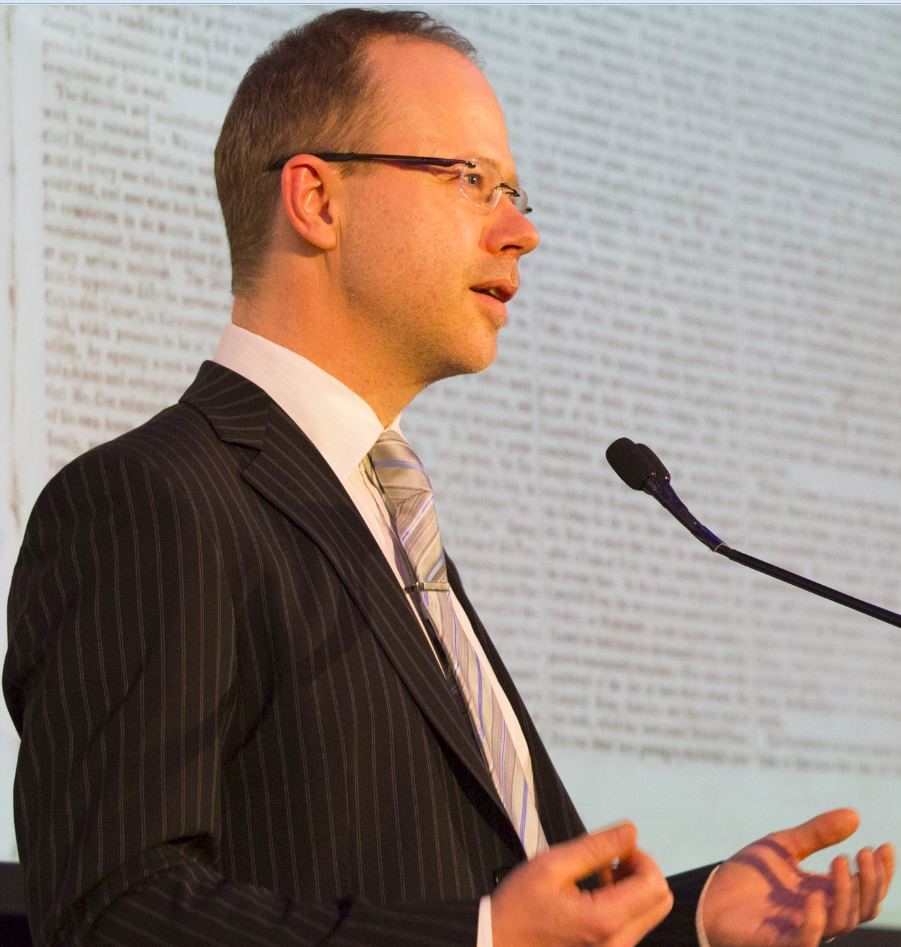The Archives
-
Biography, Cultural Studies, Life Writing, Literary Studies
Private Lives, Intimate Readings
08.05.15 | Permalink | Comments Off on Private Lives, Intimate ReadingsIn any attempt to report on the life of another, or even one’s own life, an inescapable ethical dilemma arises that relates to entering intensely private areas of experience and presenting intimate subject matter for the world to see. How much intimate material should be revealed? For what purpose? To whose benefit? At what risk? How?
In an era when millions of people are willing to share the minutiae of their individual daily lives via social media and the private lives of the famous are exposed routinely to mass audiences, such questions loom larger than ever. With easier access to private information—by governments, hackers, marketers, and private citizens—this area has become one of global concern in the context of the fundamental human right to privacy. Critical engagement with the private and the intimate has always been a key characteristic of life-writing studies, and this field has made a noteworthy contribution to contemporary reconceptualisations of the private and the public spheres and the intricate interconnections between them.
-
Cultural Studies, Historical Studies, Life Writing, Literary Studies
Unearthing the Past
20.04.11 | Permalink | Comments Off on Unearthing the PastWhen Hitler’s troops invaded and occupied the city of Kharkov in Ukraine, my grandparents Nadia, 26, and Petro, 30, had two young children, aged 7 and 5. My mother had not yet been born. In this tense and uncertain period it was unclear whether Ukraine would ultimately be controlled by Stalin or Hitler. There was nothing to recommend one over the other, they often said. Both regimes were brutal and both targeted Ukrainians. Mid-1943 marked a turning point—the end of their lives in Ukraine and the first stage of a journey into the unknown that led to their eventual arrival in Australia in 1949 as post-war refugees. They were packed into railway goods wagons with other Ukrainians and were taken from Kharkov, where they had built their world, to Dwikozy in Poland. This was the place of their first displacement from everything that made up their history and identity—homeland, language, culture, family, community, and career. Like many other refugees my grandparents attempted to compensate for the loss of their past by trying to recover it repeatedly years later in the stories that they told.
-
Cultural Studies, Historical Studies, Humanities, Life Writing
Trauma Online
25.03.09 | Permalink | Comments Off on Trauma OnlineThis article considers how traditional physical memorials to war and other catastrophic events differ from online memorials in the Web 2.0 environment and it asks what the benefits and drawbacks of each may be. There has always been an awkward fit between the public statements embodied in monuments to those who died in war and the personal stories told by individuals who returned. This disjuncture serves to demonstrate that the two ways of remembering traumatic events—the collective and the individual—have traditionally been poles apart and often contradictory. Gradually, over the past two decades, with the increasing influence of critical theories that have questioned national and other dominating discourses—and also with growing interest within the field of clinical psychology in what is now labeled post-traumatic stress disorder—there has been an increasing interest in the vast underlayer of personal stories that national narratives have shut out or silenced.
-
Communication and Media Studies, Cultural Studies, e-Research, Life Writing
Pixelated Memory
25.05.08 | Permalink | Comments Off on Pixelated MemoryWar memorials are the most familiar and visible means of acknowledging and respecting the trauma of large scale, violent conflict. In practically every town in Australia, however small, monuments to war are found. These are haunting, poignant reminders of the brutality of war and the fragility of life. And yet, their reassuring solidity and prominence shields us from the reality of lost lives and suffering by casting war in terms of abstract and stylised notions of heroism, loyalty, sacrifice and glory. While it is usual for the names of the dead to be listed on these monuments, their individual suffering is blended, ritualised and distanced in a symbolic and generalised tribute. It is not surprising then that there has always been an awkward fit between the public statements made by these monuments and the personal stories told by individuals who returned.






